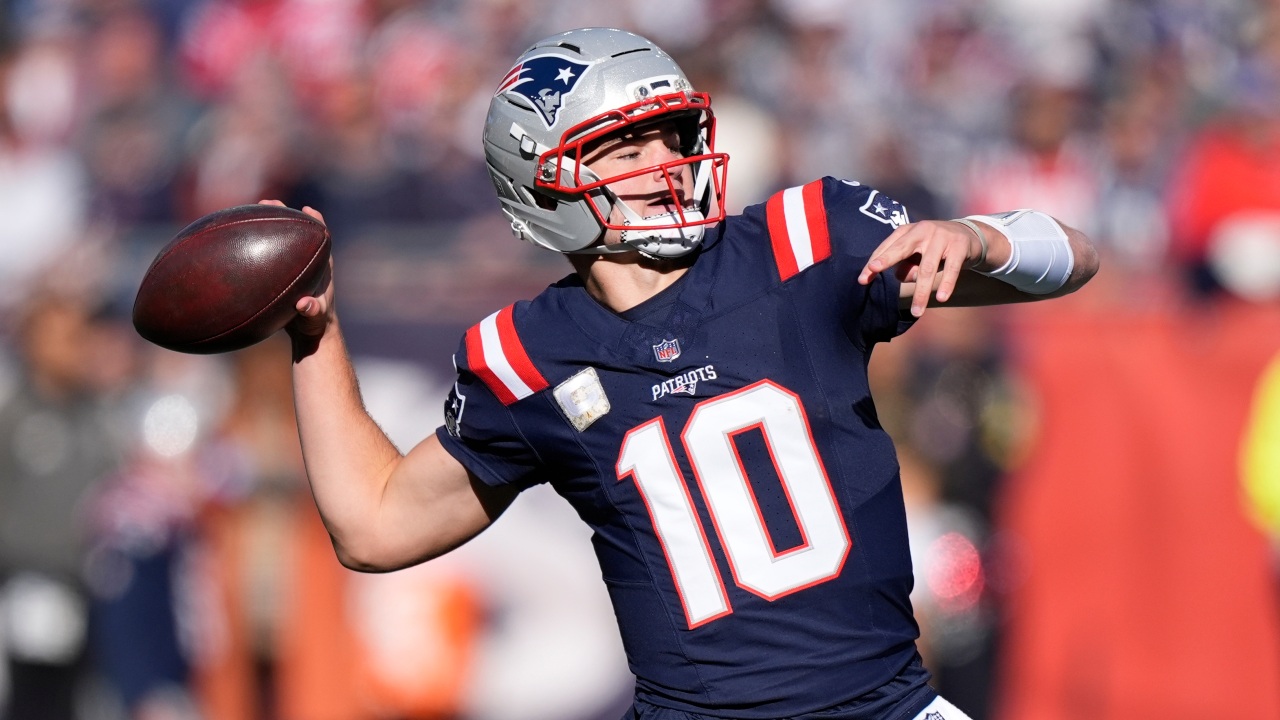
The NHL is back in business. And a Stanley Cup tournament unlike any other is on the horizon.
Call it all systems go on the league’s summer restart following Friday’s ratification of protocols governing the return-to-play plan and an extension to the collective bargaining agreement running through September 2026.
That paves the way for training camps to open Monday in 24 cities — more than four months after the season was paused because of the COVID-19 pandemic.
This promises to be an ambitious undertaking.
Teams will travel from their home markets on July 26 to either Toronto or Edmonton, the hub cities where all of the games will be played. The entire playoff tournament is scheduled to be completed in no more than 62 days — commencing Aug. 1 with the best-of-five qualifying round and producing a champion by the first week of October.
When it’s all said and done, the 2019-20 NHL season could span a full calendar year.
Players had to agree to extensive protocols governing camps and the bubble environment around where games are played, requiring them to be separated from their families for up to six weeks this summer. They also had to agree to terms on a revamped collective agreement, which will see them defer 10 per cent of next year’s salary while the upper limit of the cap is held firm at $81.5-million for as long as it takes NHL business to return to normal.
It was the best both sides could do under trying circumstances, and should see players return to the Olympics in 2022 and 2026 while achieving modest gains to the league minimum salary, the amount they can be paid on entry-level contracts and how much escrow can be deducted from future pay cheques.
By guaranteeing labour peace for at least six more seasons, the NHL and NHL Players’ Association have also created a stable environment to try and wait out the storm brought on by the coronavirus.
The first steps will be taken in a made-for-TV tournament played with no fans in the buildings. The 12 returning Western Conference teams will report to Edmonton for games at Rogers Arena, while the 12 left standing in the East head to Toronto for games at Scotiabank Arena.
Up to three games per day in each city will be played to start. It’s the first time the NHL has held its playoffs entirely on Canadian soil since 1925, according to Sportsnet Stats.
The only question still hanging over the NHL’s plan is a fundamental one: Can this be done safely? Great lengths will be taken to try and keep an outbreak from affecting the participants, which is something that could cause the entire thing to be called off.
Thirty-five NHL players produced positive COVID tests between June 8 and July 6, according to information announced by the league. And that was with only about 53 per cent of the returning players getting tested on a regular basis.
That number will increase once everyone is tested every second day once camps open.
Players also have the option to opt-out of the restart without penalty, provided they inform their teams in writing by 5 p.m. ET on Monday. They aren’t required to give a reason for doing so.
So, yes, obstacles remain here, but many significant hurdles have already been overcome.
There have been moments since the season was stopped on March 12 where it seemed natural to look at the mounting logistical issues and wonder if this might be just the third year in the Stanley Cup’s history where it wasn’t handed out.
Somehow, some way, NHL owners and players have navigated those challenges. Here they stand with an industry-stabilizing CBA deal, a set of return-to-play protocols that epidemiologists believe can keep COVID-19 at bay and setups in two Canadian cities where the spread of the virus has been kept to levels that can be handled safely by the local health-care systems.
Oh, and every intention of dropping the puck on a season restart three Saturdays from now.




